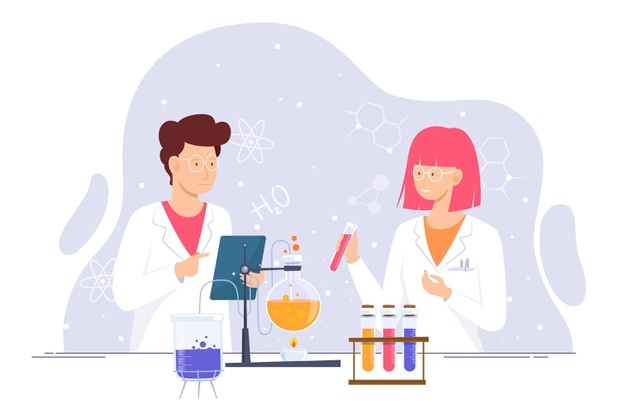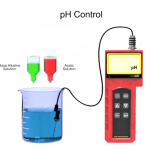Refinery Process Modeling by Gerald Kaes is a great book on using commercial process simulation packages to model refineries and related processes. But Kaes admits that 5 unit operations cannot be adequately simulated by typical commercial simulation software. I thought I’d share them with you, so you’re alerted to these problem areas:
Background
First let us recall what process simulation programs can do well. Simulators perform heat and mass balances. They also use data on chemical species and thermodynamic methods to perform calculations which can estimate thermodynamic properties. For streams with only a few discrete chemical species this is usually no problem: they have been studied, and the program can look up all the coefficients and values to use in calculations to predict their properties. Assuming you set the program up properly, of course. Some methods will be the same ones you used in your thermo courses in school, and others will have added factors which are too annoying to do by hand but easily treated by a computer.
But you cannot look up component data for crude oil, which is full of literally thousands of complex molecules that are practically impossible to individually identify. Simulators get around this by creating “pseudo-components,” a slate of “fake” chemical species that together to try model the overall properties of the oil. The “pseudo-components” will have different boiling points, viscosities, etc., and the point is that by boiling, mixing, and combining these pseudo-components, you get an overall decent idea of how the oil streams in a refinery will act. When you distill the oil, your pseudo-components will also be distilled, and the disposition of the pseudo-components will try to predict the resulting product properties.
However, there are some chemical engineering problems where this whole approach falls down:
● Asphalt processes (boiling points too high for open literature sources, no way to model some processes)
● Lubricating oils (relies on aromatic chemistry and unusual solvents that cannot be modeled adequately)
● Aromatic extraction (again, highly non-ideal chemistry that may not be covered in most simulators)
● Chemical treatment processes, where an acid or base is used to “wash” away impurities like thiols/mercaptans, asphalts, odor, etc.
● Diffusion/Adsorption processes like pressure swing adsorption
If you do have one of these processes, you’ll need special insider information to set up custom calculations to get around the problem. (Like the help of a technology vendor who sells the process and has loads of laboratory and operational experience). It’s not impossible to model, but don’t expect to do it out-of-the-box with your typical simulation program.
In your simulation, you may be able to use a cheap “hack” to work around the problem. For example, sometimes in preliminary simulations I will use simple splitters or “spreadsheet” operations to remove XX% of the H2 from a stream as a stand-in for my hydrogen pressure swing adsorber. This may let me get some rough working idea of what will happen, and the model can be improved with vendor data later on.


